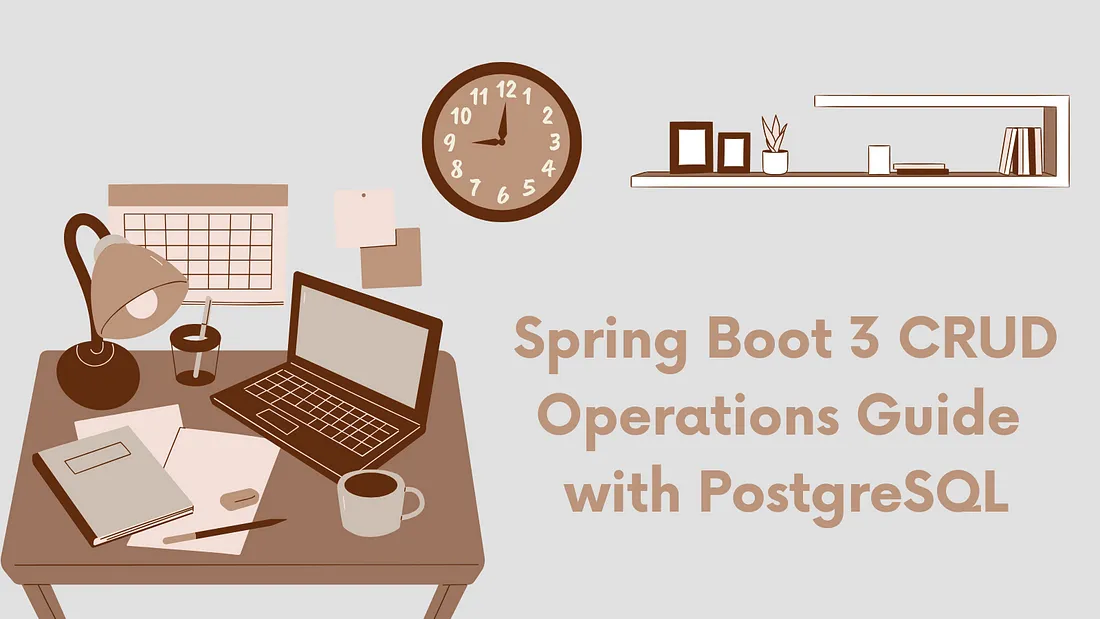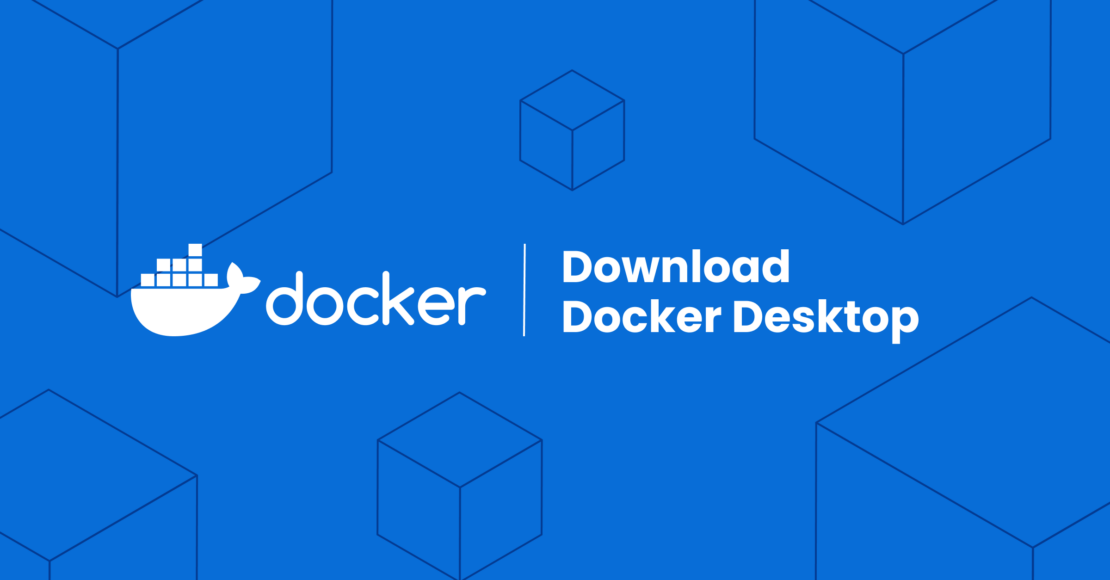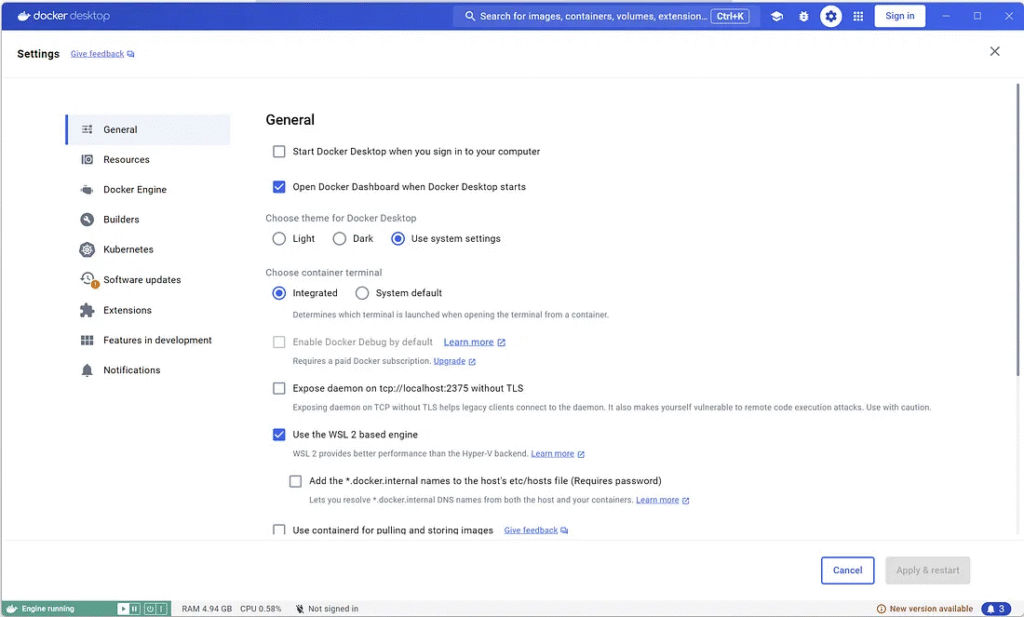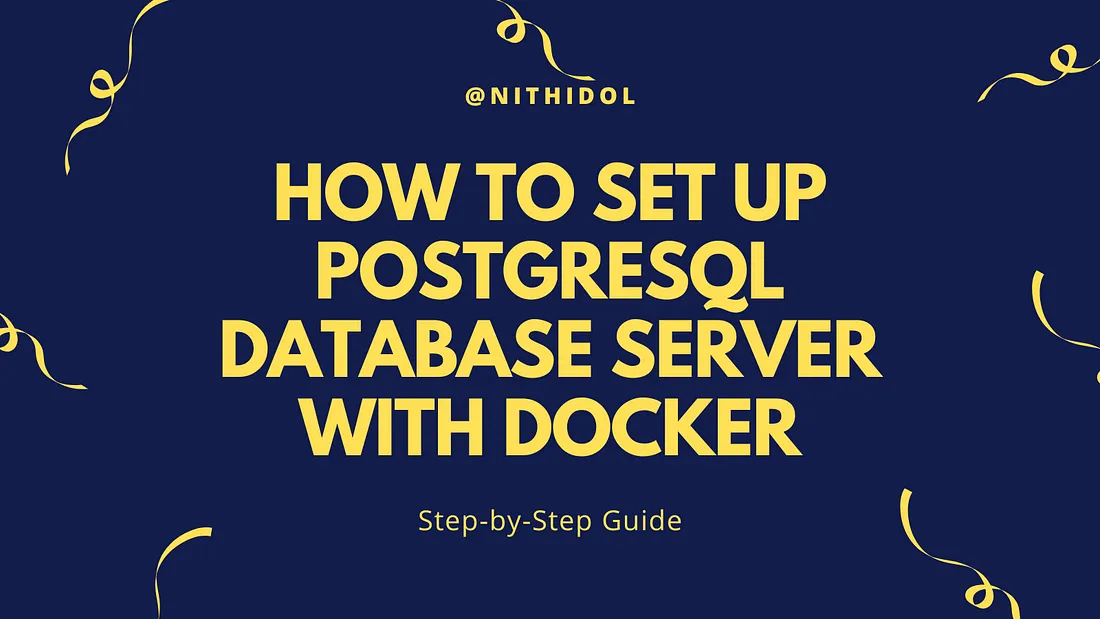Spring Boot can be deployed on Docker with a jar file integrated with Dockerfile and Docker Compose. The developer can pack a jar file and deploy it on Docker. Docker provides feature deployment through Dockerfile and Docker Compose, which help developers deploy applications quickly and manage multiple application clusters, such as microservices.
The developer can read more about creating a Spring Boot application.

For example, IntelliJ is used to create files and manage projects.
IntelliJ provides plugins to support deploying Spring Boot applications to Docker.
Read more about IntelliJ plugins.

For Docker GUI, using Docker Desktop to manage Docker helps the developer quickly learn about the Docker concept and become familiar with it. Docker Desktop supports macOS, Windows, and Linux.
Read more about and download Docker Desktop.


Spring Boot project directory structure.
/workspaces/demo/ ├── src/ │ ├── main/ │ │ ├── java/ │ │ │ └── com/ │ │ │ └── example/ │ │ │ └── demo/ │ │ │ ├── DemoApplication.java │ │ │ ├── controller/ │ │ │ └── service/ │ │ ├── resources/ │ │ ├── application.properties │ │ └── static/ │ └── test/ ├── target/ ├── Dockerfile ├── docker-compose.yml ├── pom.xml └── README.md
For example, build a jar file.
Execute the command to create a jar file in the project directory.
cd D:\workspaces\demo mvn clean package -DskipTests
A jar file has been created in the target folder.
For example, create an image from a jar file.
Create the DockerFile named “DockerFile” in the root of the project directory.
The developer can install plugins to support the Dockerfile to identify and validate the structure.
# Use a base image with Java installed FROM openjdk:21 # Set the working directory in the container WORKDIR /app # Copy the JAR file into the container at /app COPY target/*.jar app.jar # Specify the command to run your application CMD ["java", "-jar", "app.jar"]
Execute the command line to create an image on Docker.
docker build -t demo-myapp .
Check if an image was created.
docker images REPOSITORY TAG IMAGE ID CREATED SIZE demo-myapp latest 6f34bf16b0e9 About an hour ago 636MB
The images have been created and are ready to deploy. Execute the command line to deploy the image to the container.
docker run -d -p 8080:8080 --name myapp-container demo-myapp
The developer can stop an application using the shortcut Ctrl+C.
Alternatively, the developer can run the Docker command to run the application in the background process.
docker run -d -p 8080:8080 --name myapp-container demo-myapp -d
When the developer runs the command in the background, it closes the terminal. The application will not stop.
Check the container in which applications are deployed.
docker container ls CONTAINER ID IMAGE COMMAND CREATED STATUS PORTS NAMES 246b973734dc demo-myapp "java -jar /app.jar" 2 hours ago Up 2 hours 0.0.0.0:8080->8080/tcp myapp_container
The Docker container displays information about the applications inside it.
For example, create a jar file and an image in a Dockerfile.
The Dockerfile provides a feature to create a jar file from a project using Apache Maven. The developer can build a jar file in a Dockerfile.

Create a Dockerfile with a create a jar file and build an image.
# Stage 1: Build the JAR file FROM maven:3.9.7-amazoncorretto-21 AS build WORKDIR /app COPY pom.xml . COPY src ./src RUN mvn clean package -DskipTests # Stage 2: Run the application FROM openjdk:21 VOLUME /tmp EXPOSE 8080 COPY --from=build /app/target/*.jar app.jar ENTRYPOINT ["java", "-jar", "/app.jar"]

Execute the command line to create a jar file and then create an image on Docker.
docker build -t demo-myapp .
Check if an image was created.
docker images REPOSITORY TAG IMAGE ID CREATED SIZE demo-myapp latest 344bdb7dd3b4 2 hours ago 636MB
The Docker shows information about the image, such as tag, image ID, and size.
Execute the command line to deploy the image to the container.
docker run -d -p 8080:8080 --name myapp-container demo-myapp -d
Check the container in which applications are deployed.
docker container ls CONTAINER ID IMAGE COMMAND CREATED STATUS PORTS NAMES 246b973734dc demo-myapp "java -jar /app.jar" 2 hours ago Up 2 hours 0.0.0.0:8080->8080/tcp myapp_container
The developer can check if an application has started by viewing logs.
docker logs myapp-container
Deploy Spring Boot on Docker with Docker Compose
Create docker-compose.xml in the project directory.
services:
myapp:
image: myapp:1.0.0
build:
context: .
dockerfile: Dockerfile
container_name: myapp_container
ports:
- "8080:8080"
environment:
SPRING_PROFILES_ACTIVE: docker
SPRING_DATASOURCE_URL: jdbc:postgresql://172.20.0.2:5432/demo
SPRING_DATASOURCE_USERNAME: admin
SPRING_DATASOURCE_PASSWORD: password
networks:
postgres_postgres-network:
ipv4_address: 172.20.0.4
networks:
postgres_postgres-network:
external: true
In the Docker Compose file, use the postgres_postgres-network network because the Spring Boot application inside Docker must use the same network to connect to the database.

In the environment, the attribute can override the config from application.properties.
The developer can control the version of an application by using an “image” attribute <app_name>:<tag_name>
Execute the command line to deploy the Spring Boot application to Docker.
docker compose up
Check if an image was created.
>docker images REPOSITORY TAG IMAGE ID CREATED SIZE myapp 1.0.0 223aaea0bcc6 20 minutes ago 636MB
Check the container in which applications are deployed.
CONTAINER ID IMAGE COMMAND CREATED STATUS PORTS NAMES d84c729e6857 myapp:1.0.0 "java -jar /app.jar" 28 minutes ago Up 28 minutes 0.0.0.0:8080->8080/tcp myapp_container
The developer can stop and remove the running containers, along with any networks created by the ‘up’ command.
docker compose down
Reduce Docker image size.
The developer faces the problem of enormous image size—the size of a Docker image from a jar file and the JDK. The developer can reduce the size of the Docker image by reducing the size of the jar file and changing OpenJDK.
Reduce the size of a jar by removing unused libraries.
Modifiy Dockerfile for change OpenJDK.
Change from openjdk:21 to amazoncorretto:21-alpine.
# Stage 1: Build the JAR file FROM maven:3.9.7-amazoncorretto-21 AS build WORKDIR /app COPY pom.xml . COPY src ./src RUN mvn clean package -DskipTests # Stage 2: Run the application FROM amazoncorretto:21-alpine VOLUME /tmp EXPOSE 8080 COPY --from=build /app/target/*.jar app.jar ENTRYPOINT ["java", "-jar", "/app.jar"]
Check the image size after changing the OpenJDK.
>docker images REPOSITORY TAG IMAGE ID CREATED SIZE myapp 1.0.0 337af59f4fbf 7 minutes ago 449MB
The size of the Docker image was reduced from 636 MB to 449 MB. The developer can find OpenJDK through a suitable link for the project.
Regain disk space from the build cache.
When the developer builds the image multiple times, Docker retains the build cache, consuming disk space. The developer can remove the build cache to clean the Docker disk space.
docker builder prune
Or a specific time.
docker builder prune --filter=until=24h
Docker will remove the build cache to regain disk space.
>docker builder prune WARNING! This will remove all dangling build cache. Are you sure you want to continue? [y/N] y ID RECLAIMABLE SIZE LAST ACCESSED tu4xgu6uncnf7lic40k1vudsg true 67.48MB 23 minutes ago zesq2ddqempaztc5v4dmysutt* true 301.5MB 2 days ago yqism4du5o6aar05qfs6frf56* true 99.63MB 17 minutes ago 1nao14f7mfic6rckq57pekqin* true 99.68MB 15 minutes ago 136upuos04ueg86698onqfz7x* true 98.45MB 18 minutes ago 1r6c6m5fi20dgwwhtxujpat9b true 131.8MB 2 days ago vkmh4r9kr6uy9giqqu646a556* true 301.5MB 9 minutes ago 7t0xioew522nkpan7o7rbe3w2* true 96.63MB 20 minutes ago 41lk2v46fkdilxzcptnt68mr7 true 99.63MB 17 minutes ago pujsd6l5s7b47crgdogw8sc9i true 98.45MB 18 minutes ago 7ake92a5q8ccrl0ugkzj2egno true 131.8MB 2 days ago ie3t256s7ipvjliwcekb5rzj5 true 131.8MB 9 minutes ago fanmm3qv2td7iin35es3dyj8w true 95.49MB 21 minutes ago qaahv3dusdm5vyrt1hwchm8nz* true 67.48MB 23 minutes ago r3iesxlco2iax1q04pm09n6xe true 96.63MB 20 minutes ago 36d9q7yhqoa7308f7z8e0psg6 true 117.9kB Less than a second ago mapvhmejjxmfnbpelon93oo2p true 117.9kB 2 hours ago wgklx2mlwhb446jy9oa6pndwt true 131.8MB 2 hours ago ktkjpo4qlzclk62h3jado4k7c* true 0B 9 minutes ago xht8tgnck2jr2pwgib2csunfs true 131.8MB 47 minutes ago gh27uf7lzyxygjtmkl36zyy90 true 0B 47 minutes ago ofd75ozsowyrg53rsgn638x2q* true 301.5MB 2 days ago zq13t0q4qqndhszo1kdrs4gmh* true 318B 9 minutes ago jv877s2g4oojx75hgxz2si19m* true 124.1kB 9 minutes ago 4od7l5iq5zqyx2edrys9a3p06 true 99.67MB 15 minutes ago 24t28fyhbjkgqvbo23bpisc5m* true 95.49MB 21 minutes ago v17p3e7yx8xq14xfst2pl1o19 true 131.8MB 15 minutes ago q4ctv7065iycz8g6xm2t9n5e1 true 0B 47 minutes ago c9jl3hd0fa3i2nz46b98k8pxf true 0B Less than a second ago 540kiz4ttwocoj7l5fhn3bw84 true 117.8kB Less than a second ago m4kf1nvaqeygcjm6k8wb6tndc true 0B Less than a second ago td05cq5mgzl1awbh2urlwcp0m true 6.319kB Less than a second ago vnao9xckt7jty3rpcp73x7s9q true 0B 23 minutes ago ar41xz1odrpeh0313j4o3z9fc true 0B Less than a second ago z3s9jy3aj4xj43q2bvwnw81ol true 0B 9 minutes ago piul44hdxunnjo5lwdxjl3ki0 true 0B Less than a second ago lilk5cwngipo0hl038xuhmzr5 true 0B Less than a second ago i2rz2rdxix3dwqambmuiqlw2u true 0B 23 minutes ago rw5y19yqqniqzn733bkif7taa true 0B Less than a second ago qllnpgsz47ozsnjhdn2geil5r true 0B 23 minutes ago f6ah0lfwwuql235byxze728qr true 0B Less than a second ago w8vfc9pedlfmvn6gh0bxp7rza true 0B Less than a second ago 69427u9yuc1x3nettgrhpz622 true 0B Less than a second ago jywrb9h68niooq37oisxzynzv true 0B Less than a second ago 9njysdc8ultvus3f1s03s1wqn true 0B Less than a second ago Total: 2.811GB
Finally
Docker helps developers quickly manage and deploy applications. It provides various features for managing Docker.
The developer should learn Docker to communicate with DevOps and design the CI/CD pipeline for the software architecture. The developer can use Docker, integrated with Docker Swarm or Kubernetes, to enhance the deployment, management, and scalability of containerized applications.




